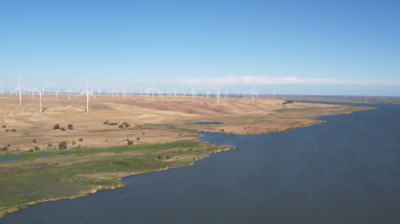Can the Bay Area Hover Its Way Out of Traffic?
In the 1930s, a fleet of ferry boats carried about 55 million passengers a year in the Bay Area (adjusted for population, twice the ridership of BART). Yet today, only about 3 million passengers cross the water.
Many Bay Area cities and new developments have latent bayside infrastructure, and would be transformed by the arrival (or reestablishment) of robust water transit to their shore. Growing ferry service and the passage of Regional Measure 3 have accelerated excitement about water transit, but dredging costs, docks, environmental wake-restrictions and speed of ferries present significant, sometimes insurmountable challenges.
Passenger (or freight) hovercraft could offer a very interesting way around the challenges of expanding water transit to the entire Bay Area. They require far less infrastructure, travel faster, produce smaller wakes, burn less fuel and come in a wide range of sizes. The Bay Area Council wants to learn more about this option for our region and is leading a delegation to Portsmouth, England, in early October to meet with hovercraft manufacturers and operators, as well public officials and transportation experts, to learn how the vessels work.
Hovercraft could complement a major expansion of water transit service in the Bay Area that is being led by the Water Emergency Transportation Authority, on whose board Council CEO Jim Wunderman serves. WETA runs the SF Bay Ferry and is actively working on a variety of major projects, including new terminals in San Francisco, Richmond and Alameda along with the construction of new vessels and onshore operation and maintenance facilities. To learn more about the Council’s transportation policy work, please contact Chief Operating Officer John Grubb.





